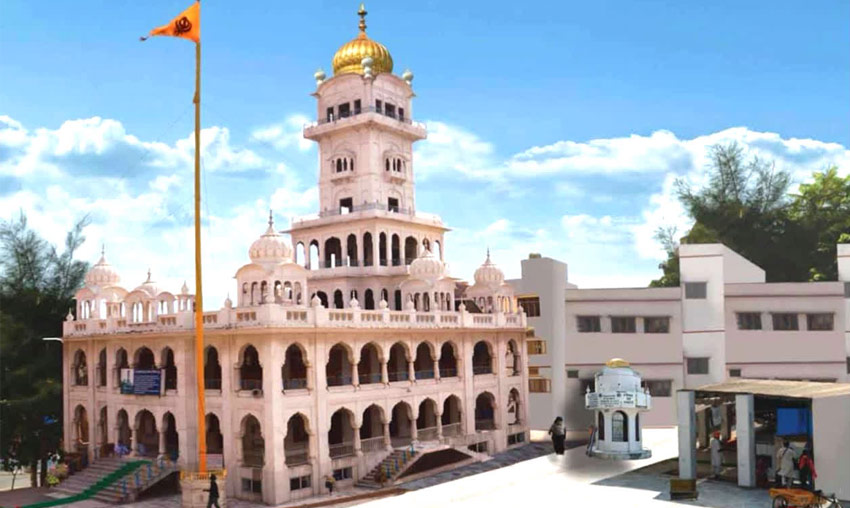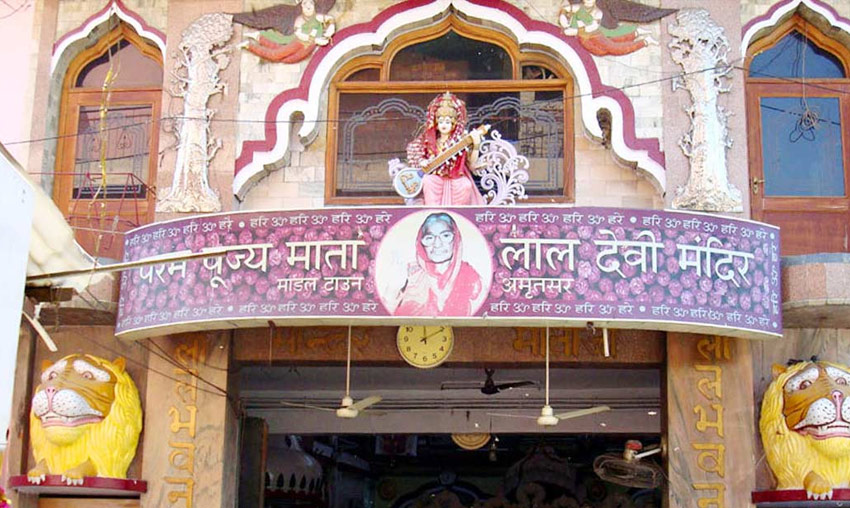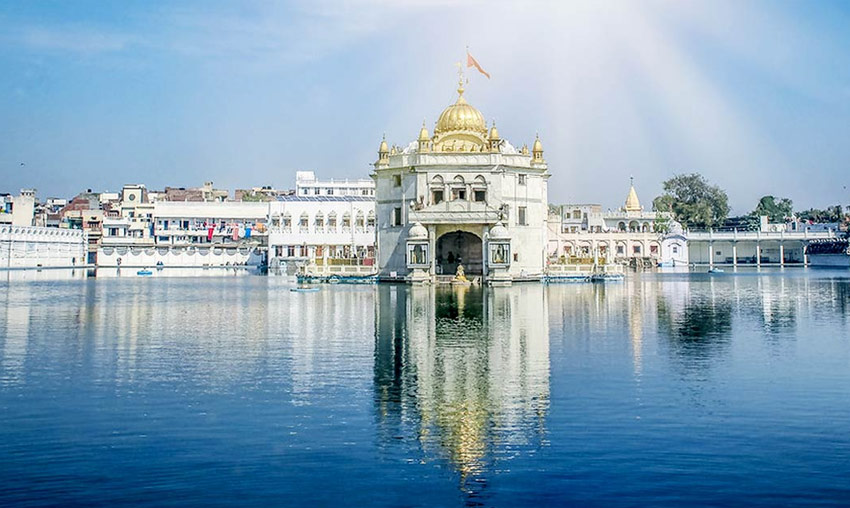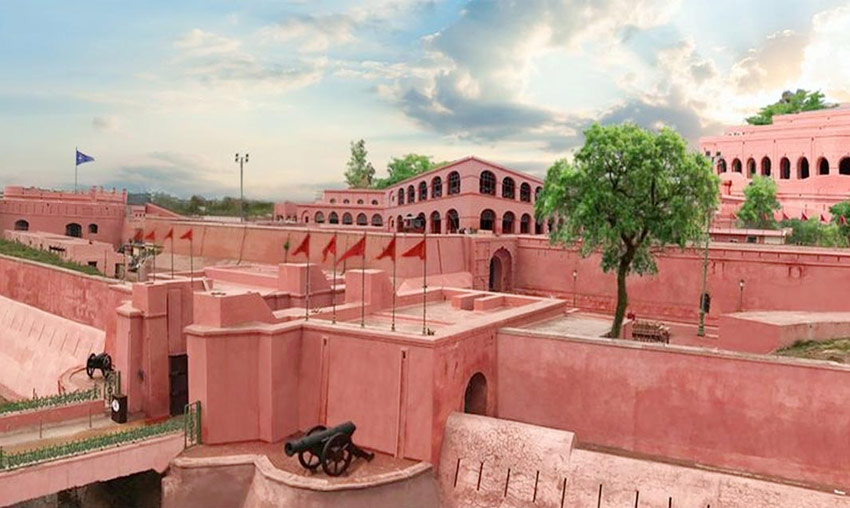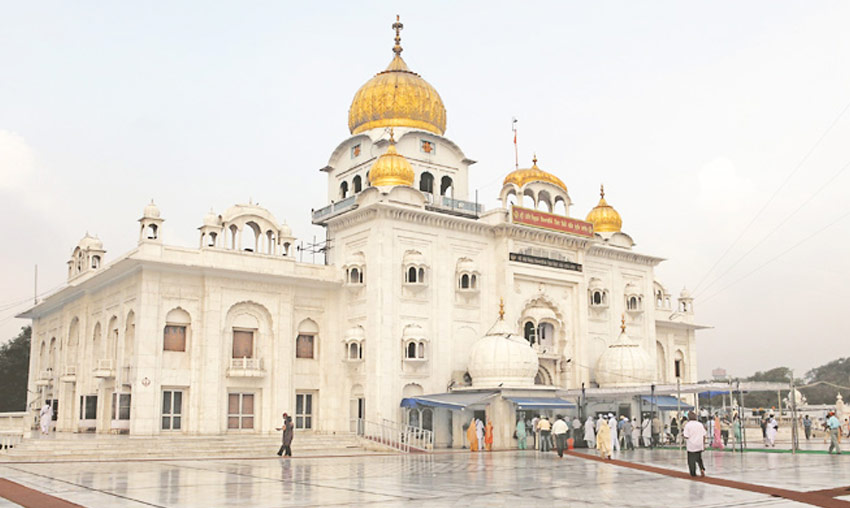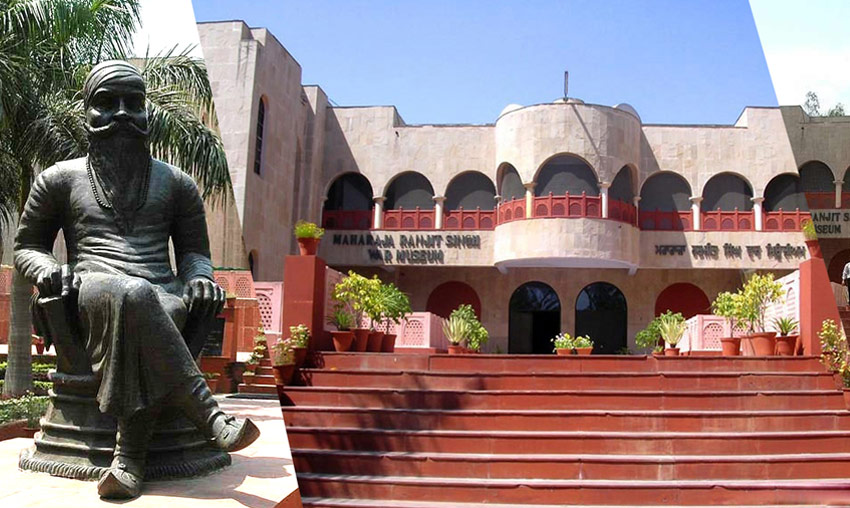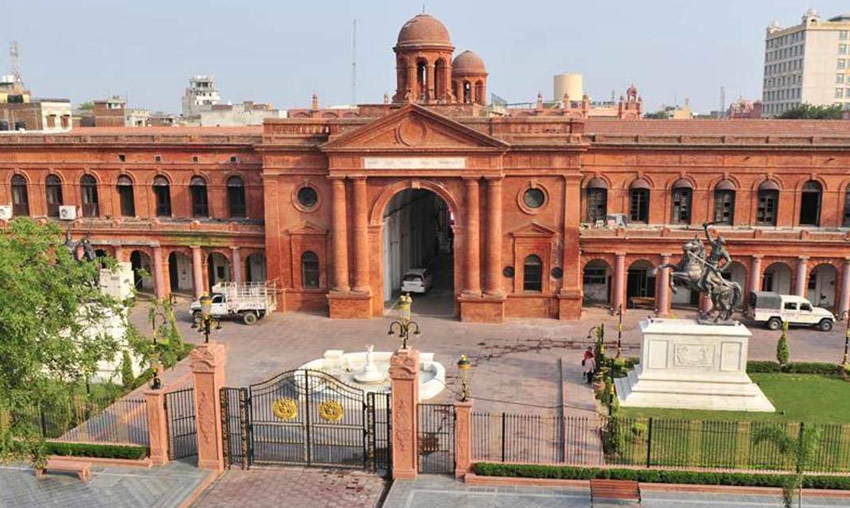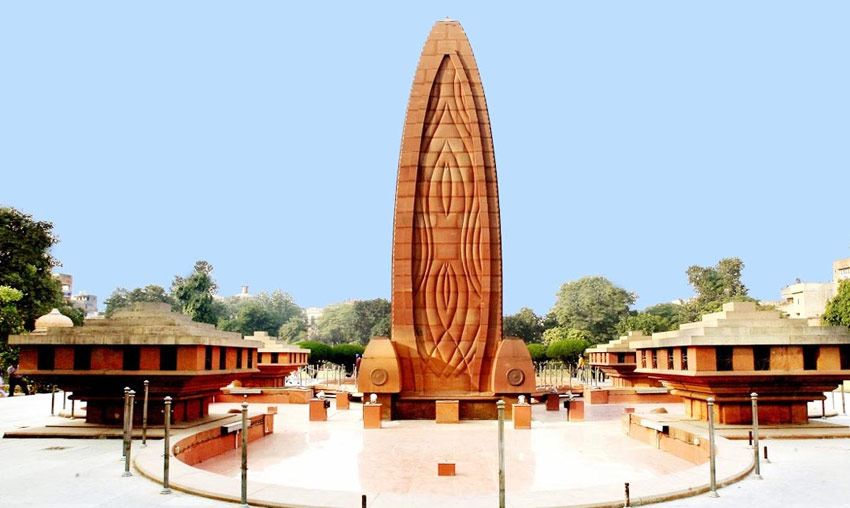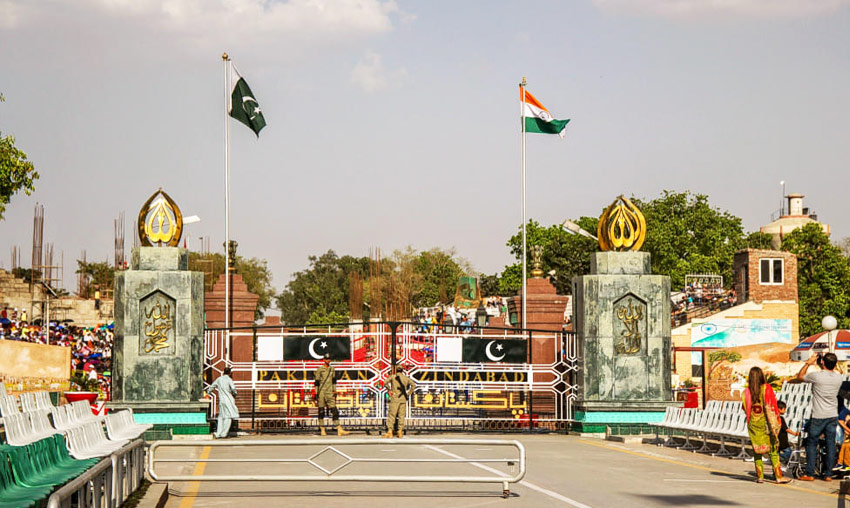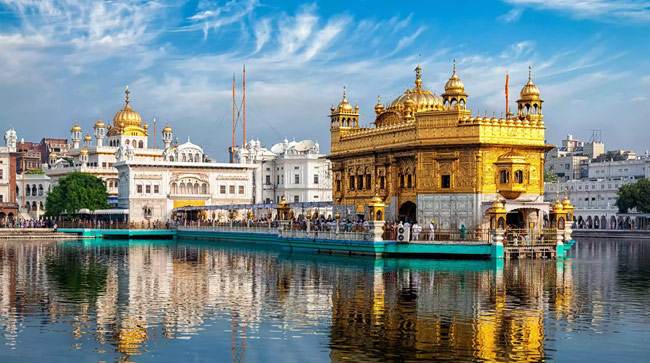Golden Temple / Harmandir Sahib Amritsar (Timings, History, Entry Fee, Images, Aarti, Location & Phone)
The Golden Temple, also called Sri Harmandir Sahib, is the holiest shrine in Sikhism and one of the most revered locations in India. Situated in the center of Amritsar, the temple’s magnificent golden architecture and the daily Langar (community cooking) draw a lot of tourists and pilgrims every day. Over 100,000 individuals from all walks of life are fed for free at the temple, which welcomes believers of all religions.
The main temple that houses the shrine is only a small portion of the enormous complex that Sikhs refer to as Harmandir Sahib or Darbar Sahib. The tank, the Amrit Sarovar, which encircles the shimmering center shrine, is the object of spiritual attention. Additional shrines and monuments can be seen throughout the compound’s perimeter. The main entry clock tower houses the Sikh Museum, which depicts the tyranny that the Sikhs suffered at the hands of the British, the Mughals, and the Indian government in 1984. Two minarets in the Islamic style encircle the Ramgarhia Bunga, a defensive stronghold at the southeast end of the tank. Unquestionably, one of the most beautiful sights in the world is the Golden Temple.
History of Golden Temple
Akbar, the Mughal emperor, provided the site for the Golden Temple, and work on it started in 1574. The fourth and fifth Sikh Gurus oversaw the foundation, and building was finished in 1601. Over the years, it has undergone constant restoration and embellishment. The inverted lotus-shaped dome was inlaid with ornamental marble and 100 kg of gold during the 19th century. Maharaja Ranjit Singh, a renowned warrior ruler who is highly regarded by the Sikh community, sponsored this event.
The Indian prime minister at the time gave the order to strike the armed Sikh militants who were holed up inside the Golden Temple complex in 1984. More than 500 people were slain in the ensuing battle, and this violation of their sacred shrine infuriated Sikhs worldwide. The Sikh community decided to do the repairs themselves rather than let the national government handle the damage to the temple. Even though the temple has undergone significant construction since then, the residents still vividly recall the incident.
Architecture of Golden Temple
The Golden Temple, which seems to float at the end of a long causeway, is a captivating fusion of Islamic and Hindu architectural forms. Similar to the Taj Mahal, it features a sophisticated marble bottom level adorned with pietra dura work including animal and flower themes.
A 750 kilogram gold gilded dome atop the glistening second level, which is surrounded by elaborately carved gold panels. Priests and musicians are constantly chanting the Guru Granth Sahib in the sparkling inner sanctum, adding to the already strong religious ambiance.
The elaborately painted gallery is located on the second floor, where pilgrims typically withdraw after making their obeisance.
A marble causeway called Guru’s Bridge connects the walkway to the Hari Mandir (central temple). This route represents the soul’s post-death journey. This tank, which is surrounded by marble staircases, is thought to possess healing abilities that may treat a wide range of illnesses.
Structures inside the Golden Temple
1. Teja Singh Samundri Hall and Akal Takht: Directly in front of the main sanctuary is Akal Takht, which translates to “The throne of the Timeless (God)”. The location, which was founded by Guru Hargobind after his father, Guru Arjan, gained notoriety for its secular, spiritual, and ceremonial activities. The main seat and chief authority of Sikhism is the Akal Takht at the Golden Temple complex, although there are four more Takhts located in Anandpur, Patna, Nanded, and Talwandi Sabo, all of which are important Sikhism pilgrimage sites.
2. Clock Tower: Although the clock tower was not a part of the temple’s original design, the British constructed one to replace the “lost palace.” The British destroyed a portion of the structure during the Second Anglo-Sikh War and replaced it with a clock tower. The Clock Tower, which was designed by John Gordon and constructed in 1874, was destroyed by the Sikhs seventy years later. Even though the temple now has a new entrance with a museum on the first floor and a clock to the north, locals still call it Ghanta Ghar Deori.
3. Ber Trees: When the Golden Temple complex was first opened, there were many trees surrounding the pool. There are now three Ber (jujube) trees and a two-story courtyard with four entrances on the temple grounds. To the right of the ghanta ghar deori is the first one, known as the Ber Baba Buddha. Baba Buddha is credited with giving the tree its name. He sat beneath it while overseeing the building of the first temple and the pool. According to legend, Guru Arjan rested beneath the second tree, known as the Laachi Ber, during the temple’s building. On the opposite side of the sanctuary, across the pool, lies the third tree, Dukh Bhanjani Bher. The tree is known as the “suffering remover” because, in Sikh history, a Sikh who dipped in the temple pool’s waters was cured of leprosy. Under this tree is a little gurudwara.
4. Sikh History Museums: On the first level of the main ghanta ghar deori, there is a Sikh museum that features numerous paintings of the martyrs and the Gurus. The museum’s collection of swords, kartars, combs, and chakkars portrays Sikh history in all its splendor.
Guru-Ka-Langar – World’s Largest Free Kitchen
Remember to offer and sample the delectable Prasad if you want to visit this mysterious treasure. Additionally, the temple features the world’s largest kitchen, which serves free langar meals to people of all faiths and sects.
An estimated 60,000 to 80,000 pilgrims visit the Guru-Ka-Langar, a massive dining area at the southeast end of the temple complex, each day to dine after praying at the Golden Temple. Although there is no fee for the lunch, pilgrims frequently donate and offer assistance with the enormous amount of dishes that need to be cleaned. Serving everyone from the poor to the wealthy, it is a modest representation of the Sikh concept of hospitality. In order to ensure that everyone can dine here as equals, the food is vegetarian. This is frequently referred to as the largest free kitchen in the world.
Festivals Celebrated at Golden Temple
Vaisakhi, which is celebrated in the Golden Temple during the second week of April (usually the 13th), is one of the most significant festivals. The purpose of this celebration is to honor the Khalsa’s inception. Guru Ram Das’s birth anniversary, Guru Teg Bahadur’s martyrdom day, and the birthday of Sikh founder Guru Nanak are among the major holidays celebrated with intense religious fervor. On Diwali, in addition to the fireworks show, the Harmandir Sahib is dazzlingly lit with lights and diyas. Most Sikhs visit the temple at least once in their lifetime.
Tips For Visiting Golden Temple
1. Before entering the temple grounds, take off your shoes and socks (a sandal stand is located at the entrance). There are shallow foot spas nearby where you can wash your feet.
2. Wear proper clothing. In the gurudwara, it is customary to cover one’s head and one’s entire body out of respect. Scarves can be purchased from the vendors who offer souvenir scarves for INR 10 or borrowed for free. But it’s a good idea to have a scarf on hand.
3. Alcohol and tobacco are strictly forbidden.
4. Avoid dipping your feet in the water and sit cross-legged if you want to sit next to the tank.
5. Although it is not allowed inside the Golden Temple, photography is allowed close to the path that encircles the tank.
6. As a symbol of respect, sit on the ground in the Darbar Sahib while listening to Gurbani.
Timings : 04:00 AM to 11:00 PM
Time Required : 2 – 3 hours
Entry Fee : No entry fee

